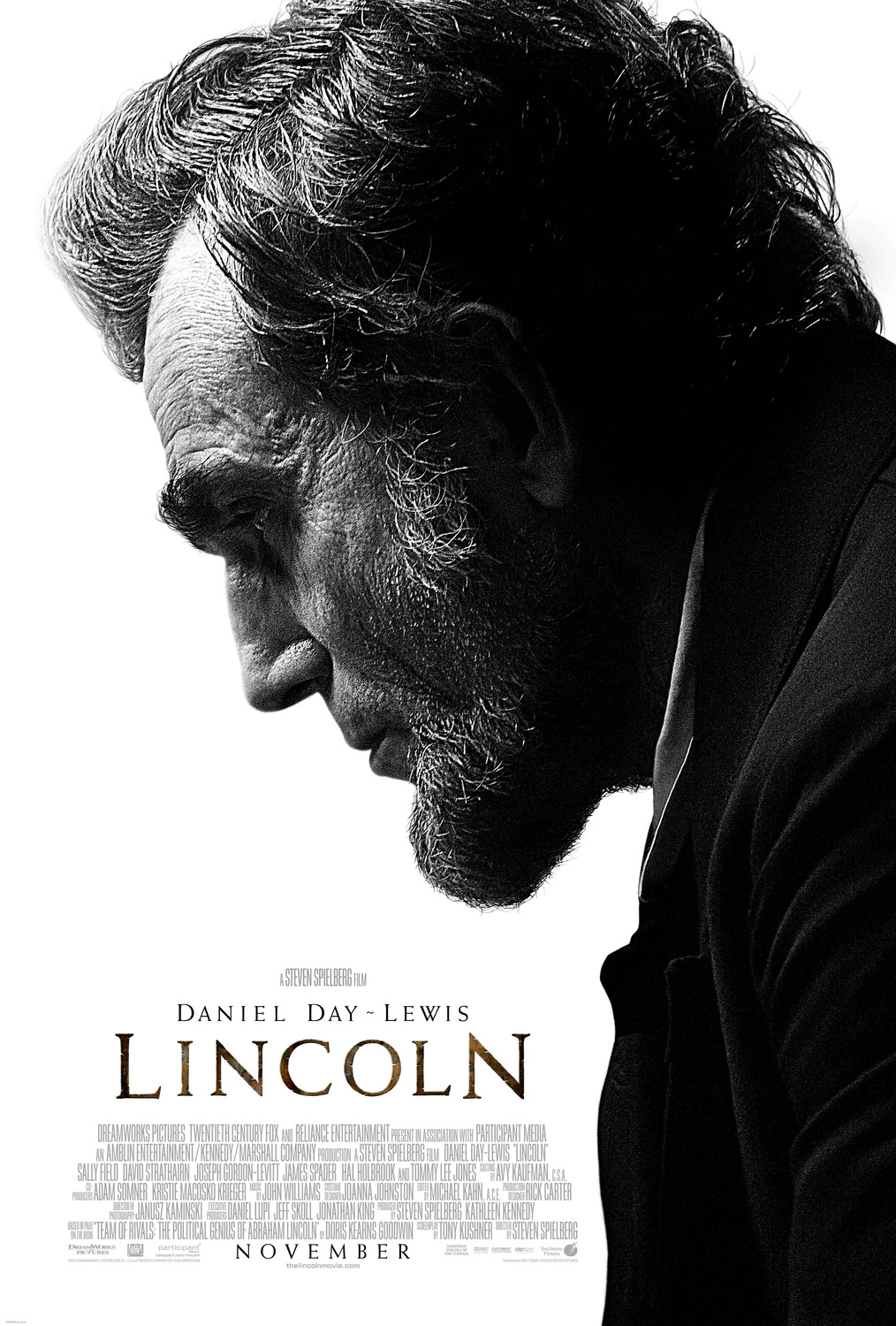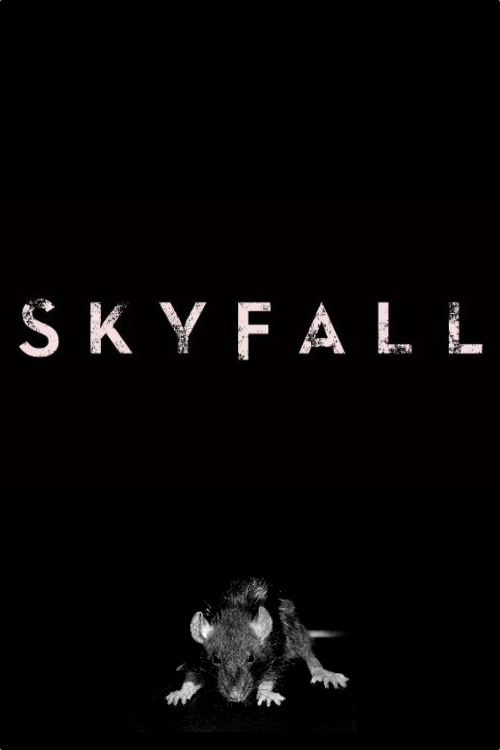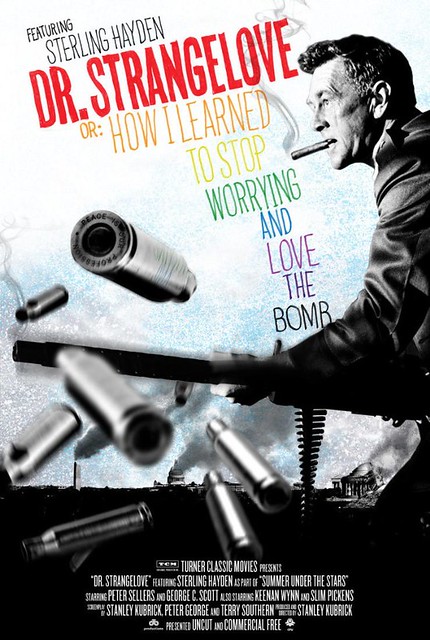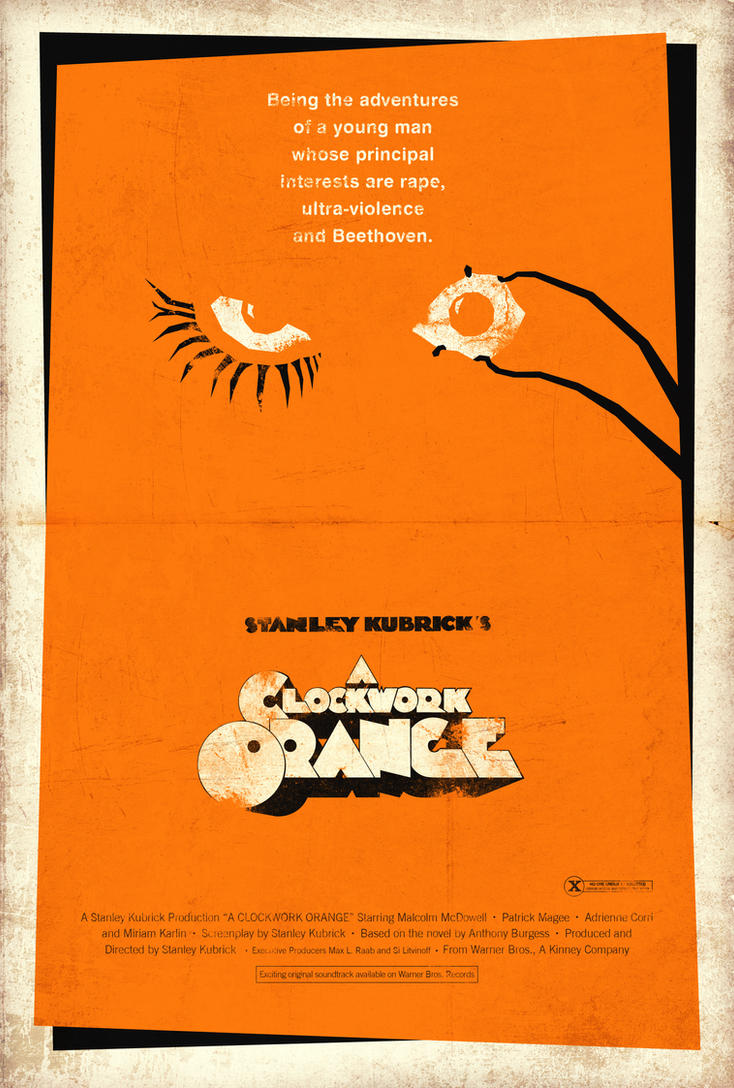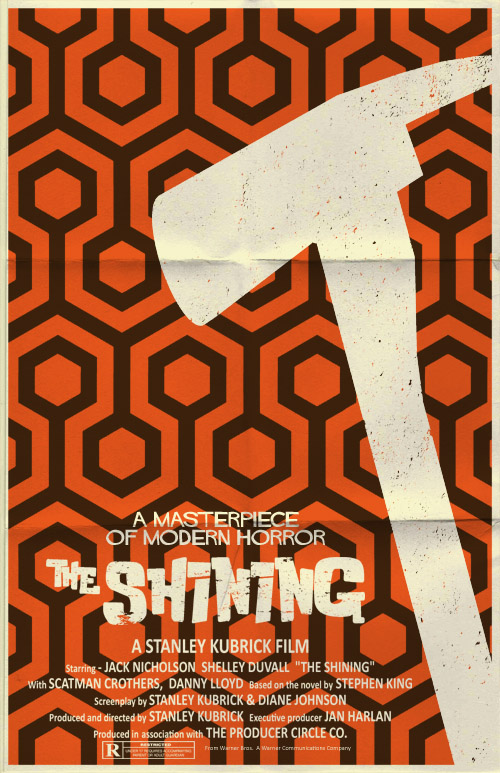WARNING: this contains spoilers for the end of all of Christopher Nolan’s films including The Dark Knight Rises. DO NOT READ if you have not seen The Dark Knight Rises. I cannot stress enough how much better it is to experience the film spoiler-free.
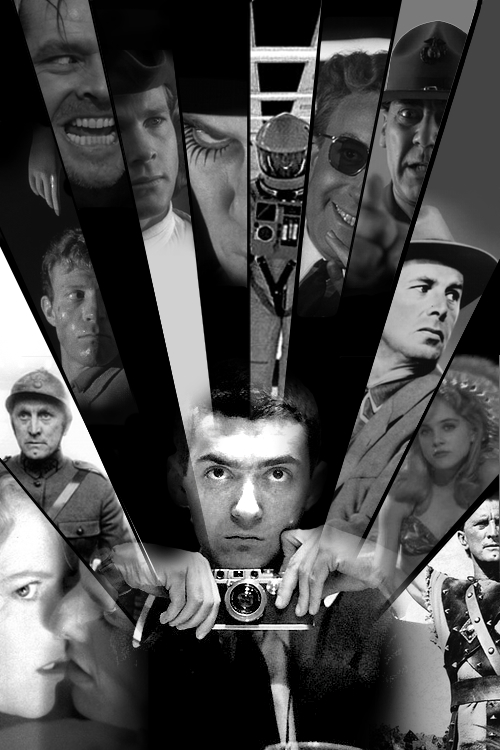
In a film like Stanley Kubrick’s
Barry Lyndon the question, “Who is the main character?” is easily answered. He’s the one in the title. Stanley Kubrick used a character name for the title of four of his films. Two of them (
Spartacus and
Barry Lyndon) are clearly of the main character.
Lolita is a slight variation since the main character is clearly Professor Humbert, but the driving force of the film is his focus on the girl, Lolita. The fourth is
Dr. Strangelove: Or How I Learned to Stop Worrying and Love the Bomb. Ignoring the satirical subtitle,
Dr. Strangelove, is a film about an ensemble of political and military characters facing nuclear armageddon. The title character in this case has no impact on the driving forces of the plot since he neither launches the attack nor makes the final decisions on how to remedy the situation. Dr. Strangelove is as much a concept as he is a character, which for a political satire makes sense; there is very little “character development” in
Dr. Strangelove, and many of the parts are characatures or impersonations. Kubrick’s relationship through his films to the idea of a “main character” evolved as much as the subject matter of his films. He focused on a charismatic leading man (
A Clockwork Orange), on the inner turmoil of a single person (
Eyes Wide Shut), he told the story of an ensemble (
Full Metal Jacket), a couple (
Killer’s Kiss), and of the entirety of human existence (
2001: A Space Odyssey). In the films that do feature an easily recognizable “main character” he is usually the one shown with the most to gain, to lose, to witness, or to grapple with emotionally.
Stanley Kubrick is not alone in this form. Most mainstream filmmakers choose a main character to follow and allow the story to revolve around that person. In cases where a main character is overshadowed it is usually a more talented actor stealing the spotlight, or a case of the writer making a mistake about who the main character is. There are also cases of main characters only appearing for a short time. Anthony Hopkins appears in The Silence of the Lambs for only 16 minutes, but he won an Oscar in the Best Actor in a Leading Role category because he is both integral to the plot and rediculously memorable.
Arguably the best contendor for the title of “this generation’s Stanley Kubrick” is Christopher Nolan. At this stage of his career he has directed 8 feature films, and, like Stanley Kubrick, he has exercised a high level of control over each. Among those 8 films is The Dark Knight, which holds a 94% fresh rating on Rotten Tomatoes and (as of July 21, 2012) is the fourth-highest all time US box office. Nolan has achieved a level of financial success that Kubrick never dreamed of. To be fair he has done it by creating wide-appeal blockbusters instead of the more “adult” films of Kubrick. Even still, the quality of Nolan’s filmmaking has easily placed him on the level of the greatest film directors.
There have been many great sequels, but very few great trilogies. This is because there is a transformation that occurs when the “trilogy” is defined, and often there is a weakest link that harms the other two entries. In the case of The Lord of the Rings, it was defined as a trilogy from the very beginning because of the source novels of J.R.R. Tolkien. The original Star Wars trilogy was defined in the scene of The Empire Strikes Back when Darth Vader tells Luke that he is his father; as the movie concludes it is clearly building to a conclusive third part. Other trilogies are only defined in the aftermath of the third film’s release; Toy Story 3, The Godfather Part III, and Back to the Future Part III were all sequels that ended in a more conclusive way than their predecessors. In cutting off clear sequel options these films defined themselves as being the end to their trilogies.

Newly released is Nolan’s 8th feature, The Dark Knight Rises, which concludes the newly-minted Dark Knight Trilogy. These three films are some of the best-reviewed films of the last decade and can be held up together as one of the greatest trilogies ever created. It is also a unique trilogy because the defining moment occurred outside of the films’ storylines, but after the second film. Christopher Nolan was the one who called The Dark Knight Rises the conclusion to his trilogy, and when he did there began a shift in how the films must be viewed.
Most trilogies, such as the original Star Wars films, are crafted with a clear main character. When George Lucas wrote Star Wars he was working from the Joseph Campbell theory of “The Hero’s Journey”, which has become the dominant storytelling structure in Hollywood. Campbell’s structure favours a single main character and a single villain. There are supporting parts, of course, but the focus of the story is on these two parts: Luke Skywalker and Darth Vader, and the journey that one takes to confront the other.

Despite being the title character in all three films (although I will discuss the third film’s title in more detail), Batman/Bruce Wayne is not, by the end of the trilogy, the only main character. This is the trick that Nolan has pulled off so well in his trilogy's conclusion. Much like how The Empire Strikes Back line, “Luke, I’m your father,” causes the audience to re-evaluate the character motivations in Star Wars, The Dark Knight Rises makes the audience re-evaluate who the main character really is.
Batman Begins is a very character-driven story that follows Bruce Wayne’s journey from child of fortune to Batman. He has important supporting players like Alfred and Lt. Gordon, but the events of the film are portrayed for how they impact Bruce’s journey. In the end, however, he has achieved his status as the Batman we already knew - albiet in a darker, more realistic way.
The Dark Knight is the Batman film that no one could have expected. Christopher Nolan took the character, pitted him against his greatest enemy, and then revealed an element of the character that was entirely new. At the end of the film the Joker has achieved his goal of driving Harvey Dent mad, which will break the spirit of the people of Gotham and undoe all the anti-crime work that Dent, Gordon and Batman had done. To save Gotham, Batman takes the blame for Dent’s crimes and allows himself to become an outcast, a villain, that the city can rally against. This concept of uniting in peace against a common foe is at the center of Watchmen, Alan Moore’s influential comic. To end the cold war the main characters agree to stay quiet about Ozymandias’ guilt and allow the world to believe that their common foe is really to blame. In this way the choice Batman makes at the end of the Dark Knight is similar to the one made by Dr. Manhattan at the end of the film version of Watchmen.
Batman, Bruce Wayne, is still the main character of The Dark Knight, and Comissioner Gordon’s final speech makes clear how he has become the title character. The Dark Knight, however, has more than one main character. James Gordon and Harvey Dent are given equal footing, and both are made to be characters (almost) as important to defeating the villain as Batman. By expanding the role of supporting characters Nolan began down a path that no film series had done before, but which is common storytelling practice in comic books. Batman: Year One is a comic by Frank Miller detailing the first year that Batman and James Gordon are in Gotham City. Although it was a source for Batman Begins, in the comic both men are main characters. Year One, like many comics, allows multiple character to share the spotlight. In larger stories, such as War Games or the stories of the Justice League, comics tell epic narratives with multiple main characters. This form of narrative goes slightly away from the structure established by Joseph Campbell and popularized by George Lucas. Wether intentionally or not, Christopher Nolan hinted at what was coming when he made The Dark Knight, and his statement that The Dark Knight Rises is “the biggest one anyone’s done since the silent era,” is true. (Empire Magazine #277)

The concept of an “epic” makes most people think of the massive sets and budgets of films like The Lord of the Rings, Ben-Hur, or Titanic; the films are longer, the explosions are bigger, and the awards are won in greater numbers. However, the Hollywood epic is more complex than that. Films like Spartacus, Lawrence of Arabia, Gone With The Wind, and 2001: A Space Odyssey are epics, and they hold this title because - beyond their big budgets, sets, and runtimes - they tell the stories of many people. Epics do not tell the story of a single Joseph Campbell hero, they tell the story of multiple Campbell heroes. The Dark Knight Rises is a Hollywood epic. It is also a Hollywood epic that is almost entirely unique because although it is based on established characters and parts of its story are lifted from specific comics, it is not based on an historical event or on a previously-published book.
The Dark Knight Rises delivers what Christopher Nolan promised it would: a conclusion to Bruce Wayne’s story that was started in Batman Begins. However, it is also the story of Commissioner Gordon, Selina Kyle, Alfred Pennyworth, Miranda Tate, John Blake, Lucius Fox, Bane, and Deputy Commissioner Foley. Each character is given a part of the story that involves personal stakes as high as those faced by Harvey Dent or James Gordon in The Dark Knight, and each character is important to the larger story of the city of Gotham.
It is possible to counter by arguing that these characters are all still supporting players to the story of Bruce Wayne. To a certain extent that is true. But the proof that Christopher Nolan’s Dark Knight trilogy is about more than just Bruce Wayne lies in the film’s title and in its final shot.
Nolan has a terrific history of leaving his films with a very important final shot, and sometimes a very important final line. Inception ends with Cobb’s top spinning and then cuts to black before the mystery can be conclusively solved. Memento ends at the beginning of the story as Leonard Shelby pulls up in front of the tattoo parlour, which starts everything in motion. The Prestige ends with the haunting image of dozens of dead Robert Angier clones floating in water traps. Batman Begins ends with the teasing image of a joker card and then Batman flying over the city. The Dark Knight ends with Gordon’s powerful monologue and the final explanation of the title, and how it relates to Batman and Bruce Wayne as the main character. The Dark Knight Rises ends with John Blake stepping into the Batcave and being raised on a hidden platform. The Dark Knight of the title is not Bruce Wayne, it is this former detective who’s birth name is Robin Blake.
 In the end it is Gotham City and its citizens, the world in which this Batman exists, that is the main character. That might seem like a cop out answer, but the concept of Gotham City as a character has a deep tradition in the comic books. City of Crime, Year One, and the Knightfall series (which is a major influence on The Dark Knight Rises) all involve major characters considering the city itself and how it is like a living organism.
In the end it is Gotham City and its citizens, the world in which this Batman exists, that is the main character. That might seem like a cop out answer, but the concept of Gotham City as a character has a deep tradition in the comic books. City of Crime, Year One, and the Knightfall series (which is a major influence on The Dark Knight Rises) all involve major characters considering the city itself and how it is like a living organism.
Christopher Nolan’s creative control over his films is nearly unprecedented for filmmakers dealing with such massive budgets. He exerts more power over the multi-million dollar films he makes than most indie directors have over the lowest budget films in production. Any writer-director who has Nolan’s level of creative control will be very careful to select the title of his film. The Dark Knight seemed to be an unusual choice because it was the first Batman film that did not say “Batman” in the title, but the end of the film made it clear why it was the perfect choise. The Dark Knight Rises, on the other hand, seemed like a very predictable title given the success of its predecessor. No one doubted that the “Dark Knight” of the title was Bruce Wayne, and everyone has been proven wrong.
Audiences are notoriously picky. They want to experience something new, but refuse to pay for anything other than a re-hash of the same material. Of the top 20 highest-grossing films worldwide (as of July 21, 2012), only 5 are not sequels: Avatar, Titanic, Alice in Wonderland, The Lion King, and Jurassic Park (Alice in Wonderland’s story is essentially a sequel, but it was not marketed as one). Only Avatar and The Lion King were written as original screenplays, and both owe large parts of their stories to the legend of Pocahontas and Shakespeare’s Hamlet, respectively.
The audience, therefore, will not willingly trade in Joseph Campbell’s Hero’s Journey that has been so satisfying on film since 1977. But by building to The Dark Knight Rises in a trilogy, by sneaking the traditional Hollywood epic back into the mainstream, and by making three of the greatest superhero films of all time, Christopher Nolan has achieved a new form of classic filmmaking. At a time when the biggest blockbusters are based on comic book heroes, and when the best of those films are escapist entertainment, he has created a trilogy of comic book films that are intellectual, emotional, philisophical, and challenging on levels that even the best non-superhero films fail to reach. His films, and The Dark Knight Trilogy in particular, will be worthy of study for centuries to come. Like the films of Stanley Kubrick, the films of Christopher Nolan are in a game of their own.
 Everyone knows about It's A Wonderful Life, Miracle on 34th Street, and A Christmas Carol. These are the traditional classics of a traditional holiday. Even A Christmas Story has become an oft-repeated favorite, and most families have their annual film choice already made.
Everyone knows about It's A Wonderful Life, Miracle on 34th Street, and A Christmas Carol. These are the traditional classics of a traditional holiday. Even A Christmas Story has become an oft-repeated favorite, and most families have their annual film choice already made.







